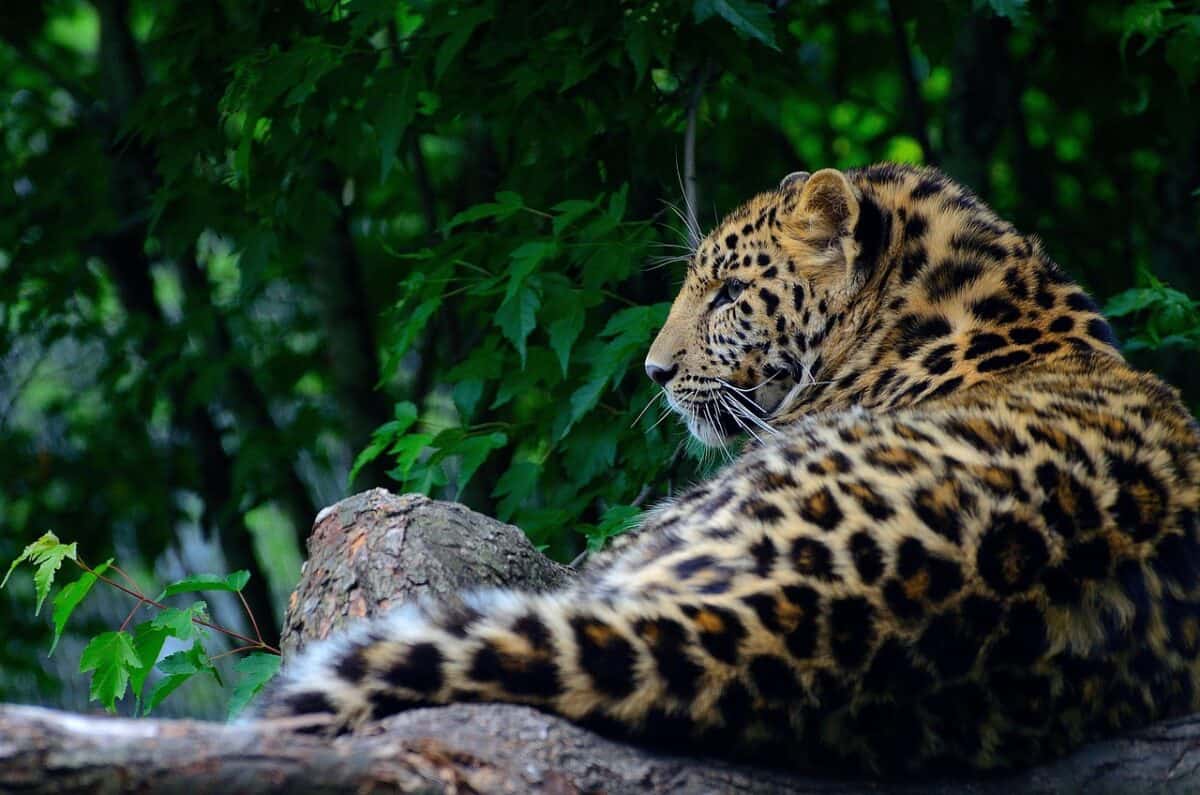In an unprecedented turn of events, the elusive golden-furred leopard has been spotted after being absent from natural records for nearly a century. This rare and stunning sighting has captivated wildlife enthusiasts and researchers alike, sparking a renewed interest in conservation efforts and biological mysteries of the animal kingdom. But what makes this leopard so special, and why has it been hidden from human eyes for so long?
Historical Context A Phantom of the Forest

The golden leopard, often referred to as a “strawberry leopard” due to its unique fur coloration, has long been considered a phantom of the forest. Historical records from the early 20th century are peppered with references to this mythical creature, yet credible sightings became increasingly rare over the decades. This spectacular re-emergence lends credence to the theory that environmental changes and human influence may have driven these leopards into more obscure habitats.
The Science Behind the Coloration
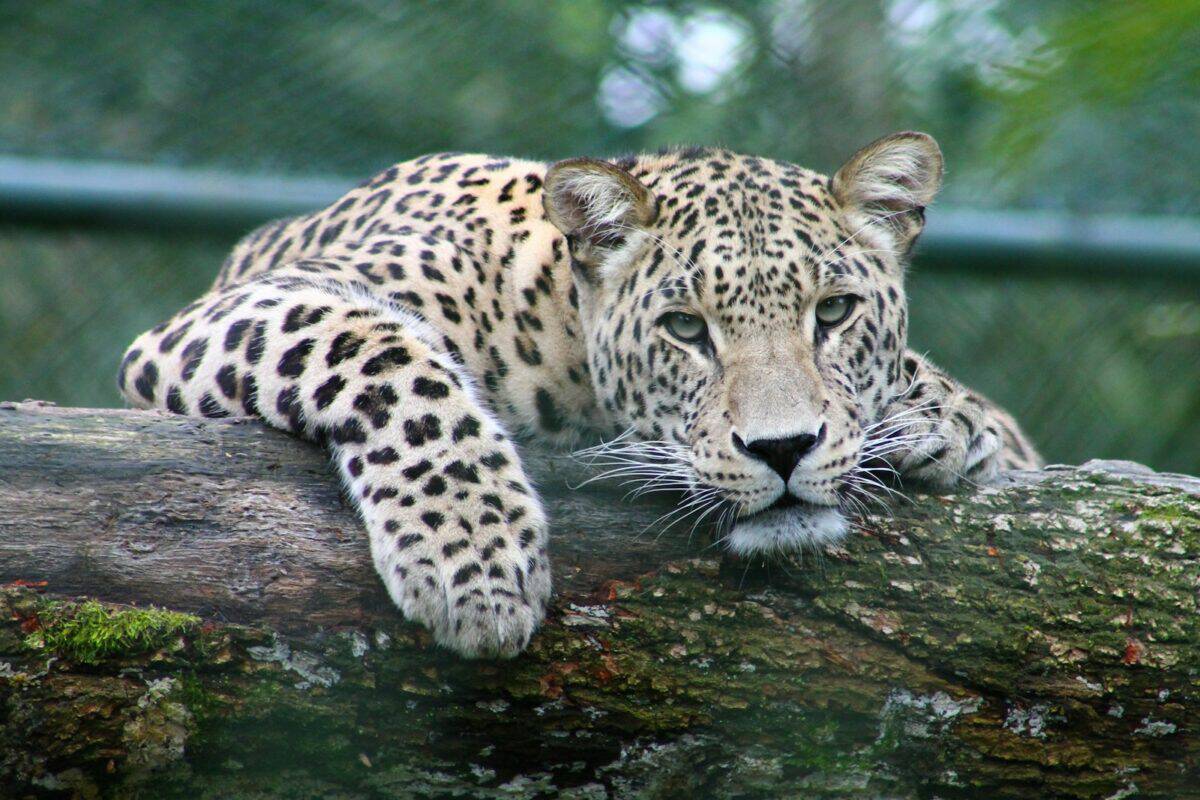
The striking golden hue of this leopard is a result of a rare genetic condition known as erythristism. This condition causes an overproduction of red pigments in the fur, resulting in its distinct and captivating amber sheen. While this genetic anomaly is rare in the wild, its emergence offers valuable insights into the genetic diversity and adaptability of leopards.
Adaptation and Survival Strategies

Despite its noticeable appearance, the golden leopard has demonstrated remarkable adaptability in blending with its environment. Its coloration, while conspicuous, can offer camouflage in specific habitats such as dry, open woodlands. This ability to remain hidden while in plain sight may have contributed to its long absence from human observation.
Conservation Status A Call to Action
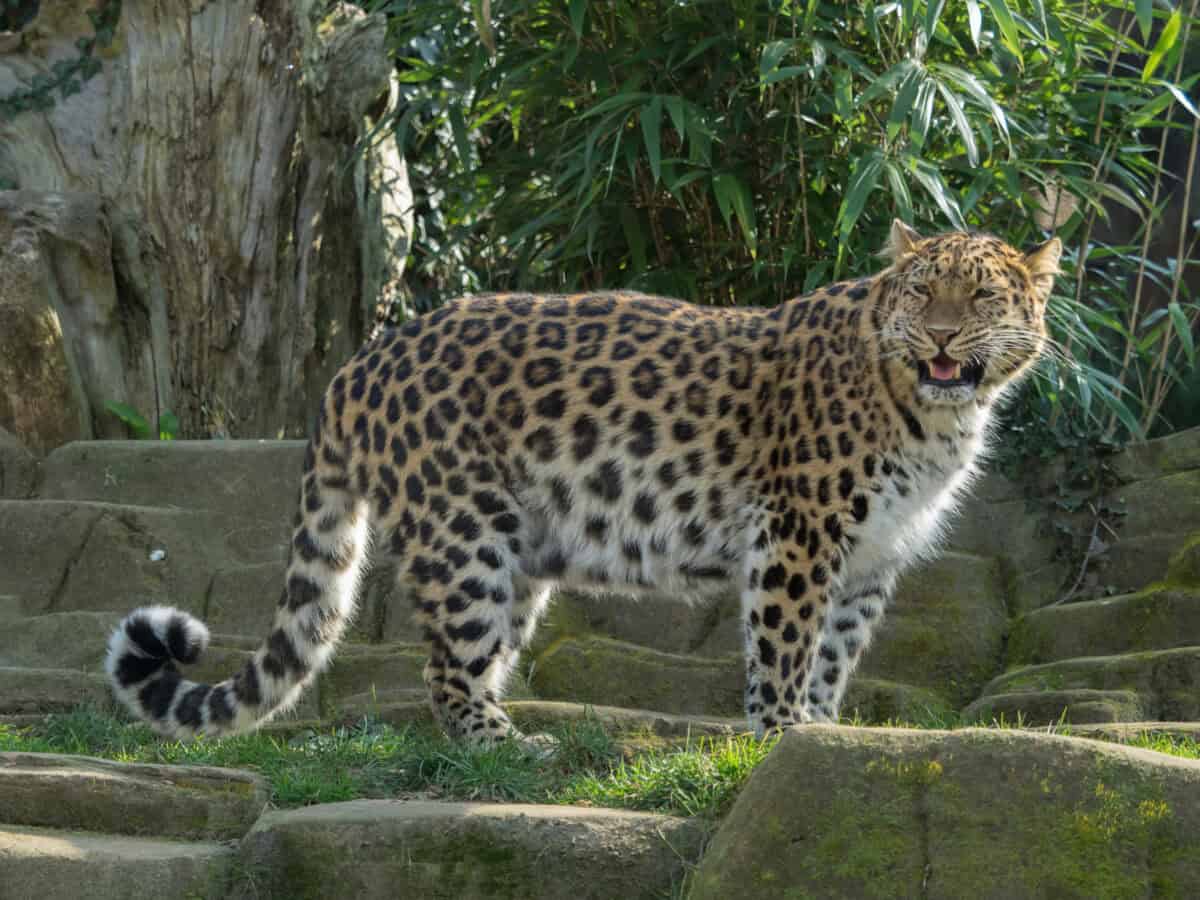
The appearance of the golden leopard raises important questions about its conservation status and the broader ecosystems it inhabits. With habitats continuously threatened by human activities, the necessity for targeted conservation strategies becomes increasingly evident. Protecting the landscapes that support such biodiversity is crucial for the survival of all wildlife species, including this rare leopard.
A Thriving Predator or an Endangered Gem?

While this discovery is cause for celebration, it also prompts urgent evaluation of the leopard’s population size and health. Factors such as prey availability, habitat stability, and genetic diversity play pivotal roles in the long-term survival of any species. Research into these areas is now more crucial than ever to determine the golden leopard’s conservation needs.
Human Impact and Wildlife Habitats

The plight of the golden leopard highlights broader issues related to habitat encroachment by human development. As human footprints expand, natural landscapes shrink, and the delicate balance of ecosystems is disrupted. Recognizing and mitigating human impacts is essential for the coexistence of our species with wildlife.
The Role of Technology in Wildlife Discovery
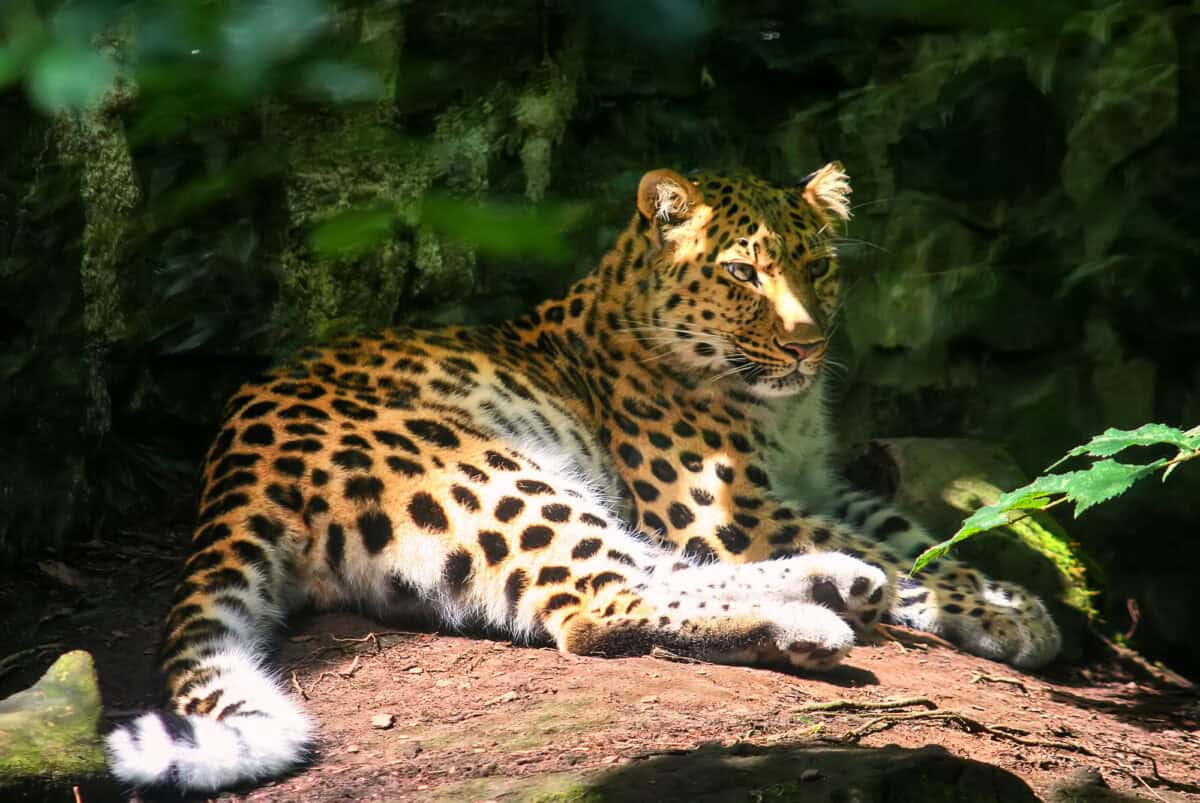
Technological advances have played a pivotal role in this remarkable find. From high-resolution satellite imagery to advanced camera traps, modern technology has given researchers unprecedented access to remote and secluded areas. Such tools are indispensable for tracking and studying elusive wildlife species like the golden leopard.
Community Engagement in Conservation

An essential element of successful conservation efforts is engaging local communities in the protection of wildlife. Educating and involving communities can reduce poaching and habitat destruction while fostering a sense of stewardship and appreciation for the natural world.
The Cultural Significance of the Golden Leopard

Beyond its ecological importance, the golden leopard holds substantial cultural value. In various cultures, leopards are symbols of strength, grace, and mystery—qualities that are only enhanced by the golden variant’s unique appearance. This adds a layer of cultural motivation to the drive for conservation efforts.
Leopards Beyond the Golden Variant

While the focus may currently be on the golden leopard, it’s crucial to remember that all leopard subspecies play vital roles in their ecosystems. These apex predators help maintain the balance between different species by controlling the populations of their prey, which in turn affects the entire food web.
Research Opportunities What Lies Ahead
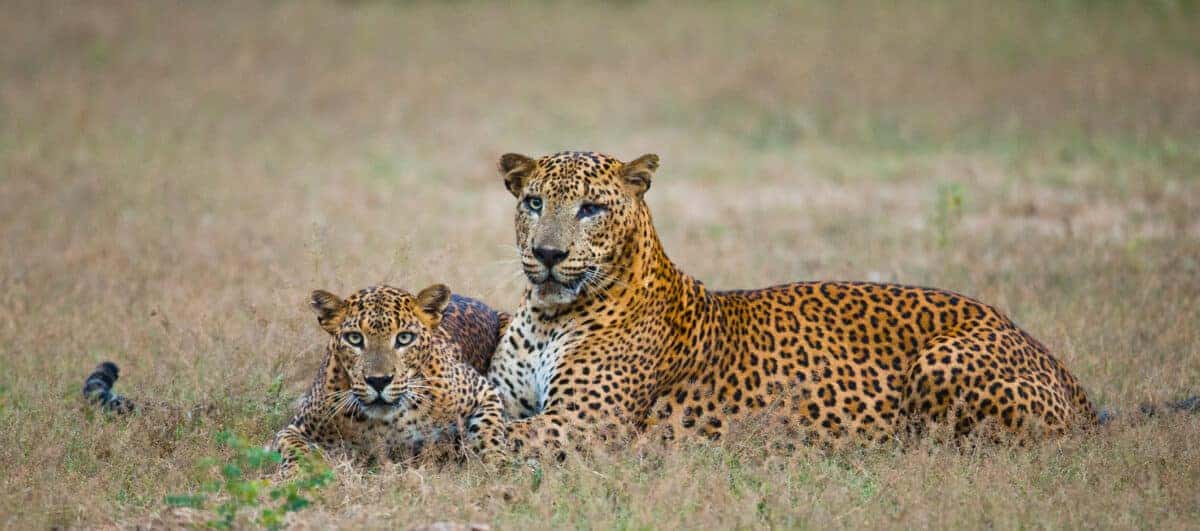
The rediscovery of the golden leopard opens new avenues for scientific research. It offers a unique opportunity to study genetic variations and adaptations in felids, potentially providing insights that could aid in the conservation of other endangered species.
Future Prospects for the Golden Leopard
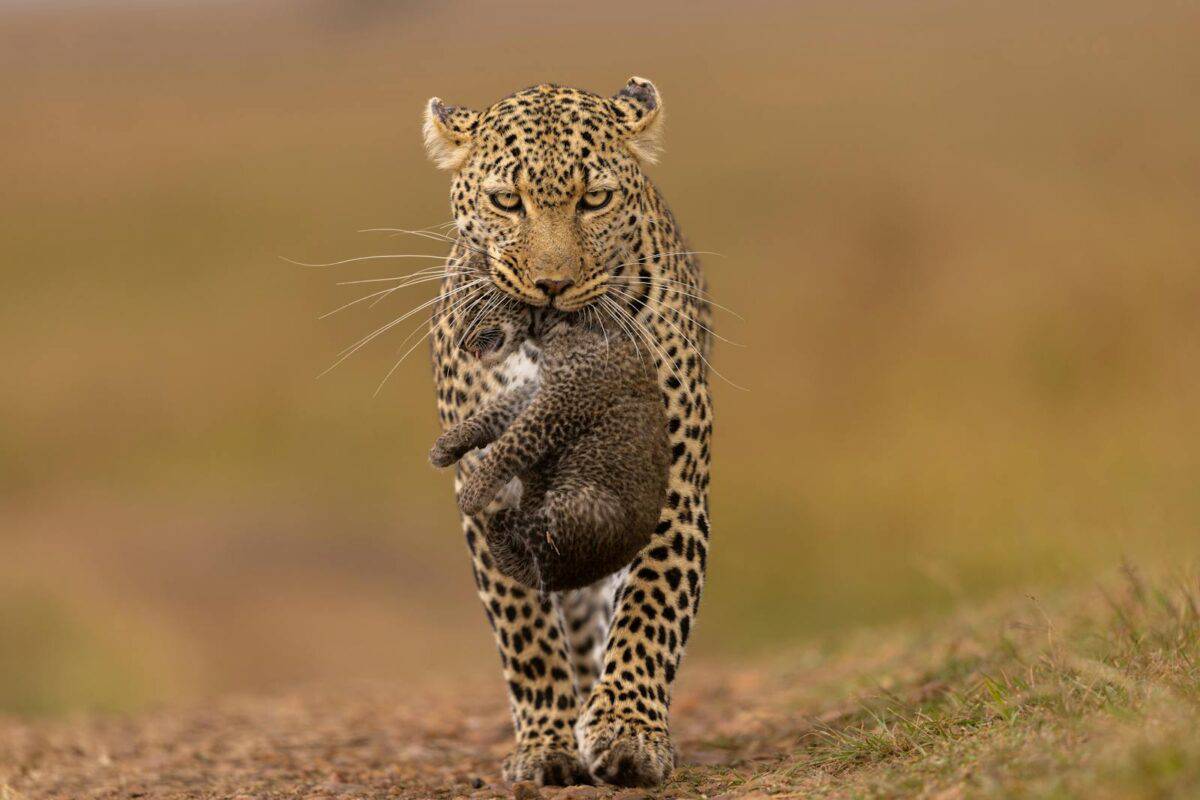
As researchers and conservationists rally around this extraordinary find, hopes are high for the future of the golden leopard. With robust scientific inquiry and concerted conservation efforts, there is a promising potential for a thriving population of these magnificent creatures in the wild.
Conclusion
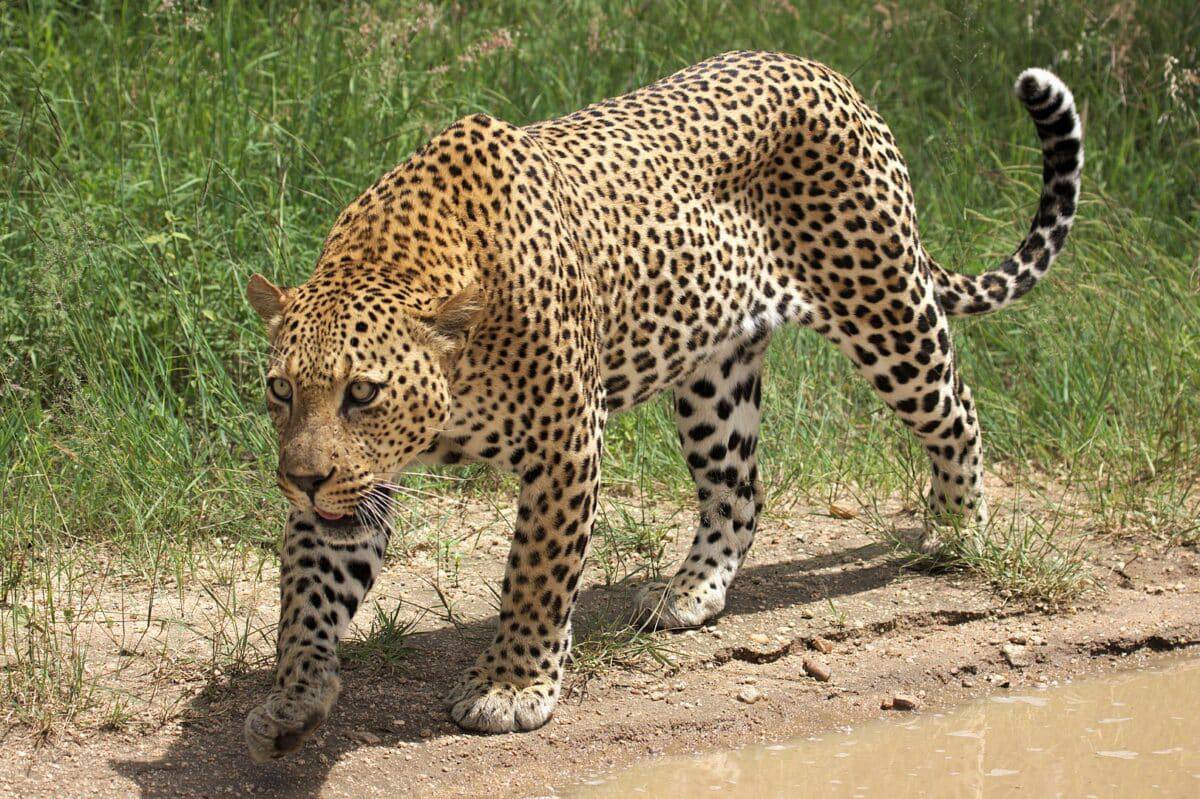
In conclusion, the reappearance of the golden leopard serves as both a beacon of hope and a reminder of our responsibilities as stewards of the natural world. By celebrating this discovery and supporting conservation initiatives, we can ensure that future generations will continue to marvel at the wonders of wildlife diversity.
- The 10 Largest Stingrays Ever Found in American Waters - August 14, 2025
- 15 Loudest Animals on Earth - August 14, 2025
- 15 Common Mistakes When Caring for Pet Birds - August 14, 2025

